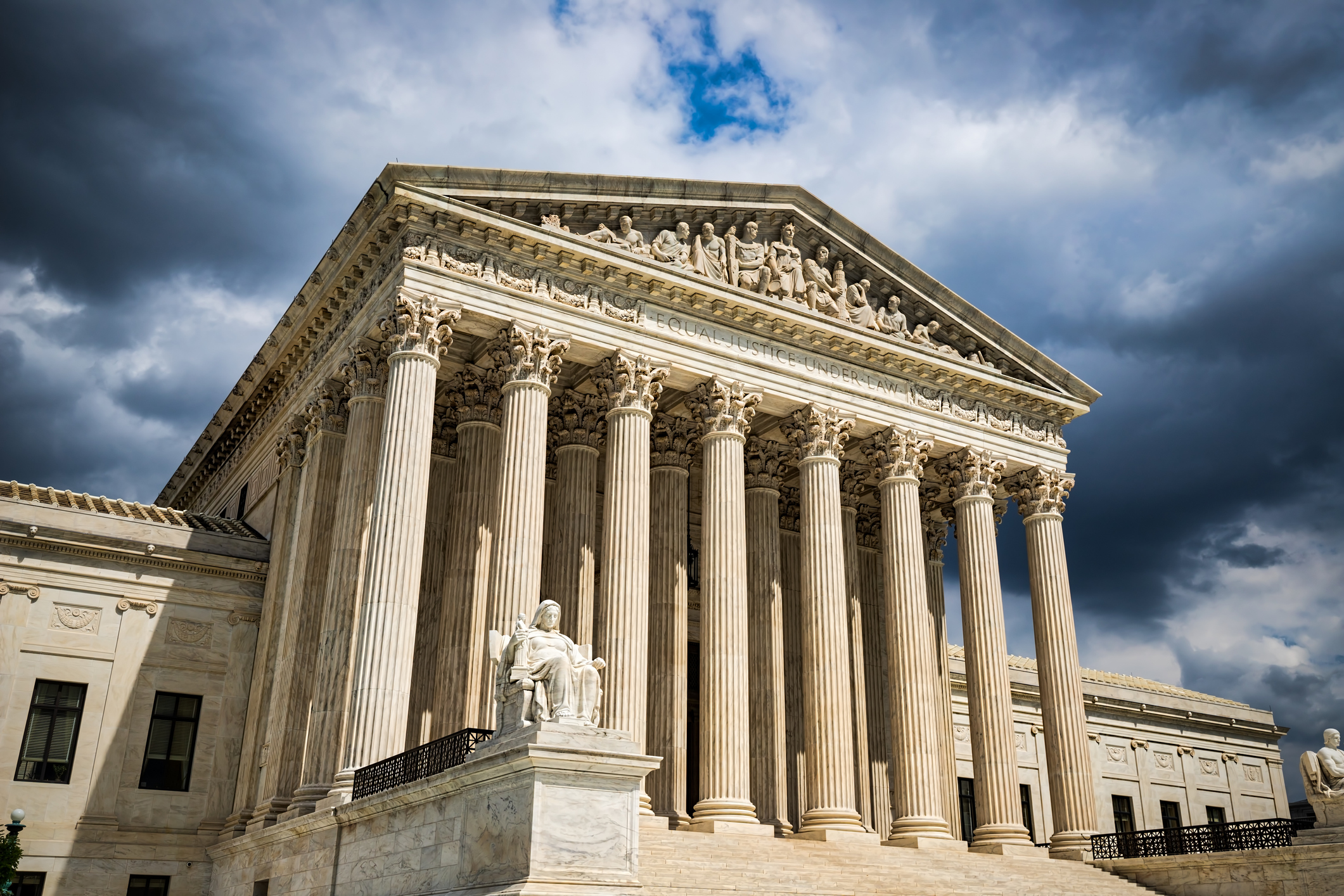“Chief Justice Rehnquist was a model citizen, patriot and Supreme Court justice. Starting with service in the Army Air Corps in World War II and continuing throughout more than three decades as an associate and chief justice of the Supreme Court, he served his country with dedication and honor. America was fortunate to have him in her service for more than 60 years.
“Judges usually fall into two categories—trees, which can both grow and bend with the changing winds of society, and pillars, which don’t grow and don’t bend. Pillars just stand for truth and justice and the U.S. Constitution as they perceive it, regardless of whether they are in the minority or the majority or whether the editorial pages of The New York Times and The Washington Post approve of them. From the beginning of his service on the Supreme Court, Chief Justice William H. Rehnquist was a pillar. When he was a lonely figure urging judicial and federal restraint or in later years when there was more support for his conservative, federalist views, Chief Justice Rehnquist was a pillar.
“Soon after John Roberts was nominated to succeed Associate Justice Sandra Day O’Connor, I began to wish that John Roberts could have been nominated for chief justice. The more I discovered about John Roberts, the more he reminded me of Chief Justice Rehnquist in judicial philosophy, in collegial temperament and in giving every indication of being a pillar rather than a tree. I believe that Judge Roberts has the judicial philosophy, depth of conviction and collegial temperament to be a great chief justice of the United States Supreme Court.”
The Southern Baptist Convention is America’s largest non-Catholic denomination with more than 16.3 million members in 43,024 churches nationwide. The Ethics & Religious Liberty Commission is the SBC’s ethics, religious liberty and public policy agency with offices in Nashville, Tennessee, and Washington, D.C.









